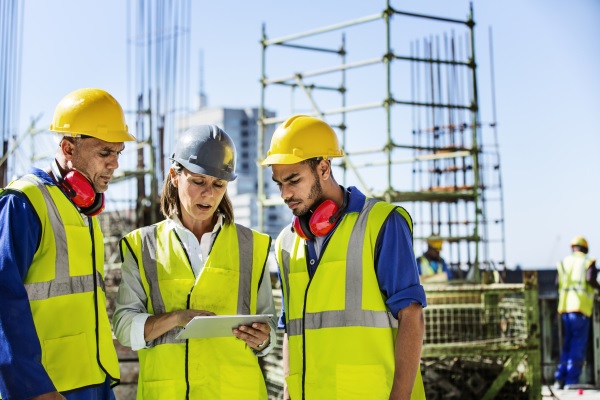The Role of BIM in developing a coherent strategy
In a recent article for the Canterbury Safety Charter, I spoke about a couple of recent reports which have significant implications for the health and safety industry going forward. These reports highlight the balance between compliance and culture as driving forces for changes in health and safety practices.
In 2022, an independent review examined the way in which WorkSafe delivers on its role, and identified critical issues in its performance. The review identified that WorkSafe lacked a clear strategy and couldn’t determine if its activities are cost-effective or are reducing workplace harm. Even more concerning, the report also stated that there were instances of known harm where WorkSafe appeared to be taking little or no action to intervene. Over recent years, it appears that WorkSafe has moved away from compliance, emphasising education over enforcement. However, recently announced changes suggest a potential shift back towards compliance. Although around 120 jobs are to be lost as a cost-cutting exercise, WorkSafe has identified that jobs will not be cut in the inspectorate, and they expect to see an increase in the number of inspectors.
The second report, the “State of a Thriving Nation” released by the Business Leaders’ Health and Safety Forum, paints a sobering picture of the current state of health, safety and well-being in New Zealand. Our H&S performance as a country remains sluggish, uncoordinated, and under-discussed. The cost to New Zealand through lost lives, lost earnings, serious injury and health costs from workplace harm totals an estimated $4.4 billion annually.
The construction industry is a particularly high risk, due to injury prevalence, reliance on disparate supply chains, widespread use of small sub-contractors, and the highly cyclical nature of the industry. Fatality rates here are twice that of Australia, and comparable to the UK in the 1980’s. With very similar health and safety rules and regulations across New Zealand, Australia and the UK, the difference may be around the lack of a coherent strategy for delivery and implementation.
In New Zealand, health and safety is commonly interpreted very narrowly through a compliance lens, which is at odds with WorkSafe’s recent approach. To bridge this gap, we need to change both behaviour and accountability, requiring a dual emphasis on improving compliance and transforming safety culture.
BIM can support a cohesive strategy for the delivery of health and safety across all phases of a construction project. Starting with procurement, clients can develop an integrated BIM implementation plan as part of the tendering process. Design and Build contracts and Early Contractor Involvement greatly enhance the potential for BIM to be utilised in an integrated and strategic manner. Designers, suppliers, contractors, subcontractors, and facilities managers can then work in a common environment, solving problems in the model prior to construction commencing.
A culture change is possible due to a BIM model’s ability to be both a collaboration and visualization tool. By engaging stakeholders in the health and safety by design process, we can address issues around buildability and safe work at the design stage rather than reacting during construction. Hazards can be designed out, for example through off-site prefabrication or assembly on the ground rather than at height. Clashes can be identified early, to minimise the need for risky re-work on site. Better planning of works helps to streamline activities, including temporary works such as vehicle movements, equipment operating areas, laydown areas, and exclusion zones, as well as helping workers gain a better understanding of the work to be done.
A BIM model can store, and record health and safety decisions associated with elements within the model. Through appropriate procurement processes and resourcing, all stakeholders will be able to demonstrate that they have taken steps to ensure that health and safety will be modelled and managed effectively. BIM can also be used to document the multitude of health and safety processes and decisions involved in a construction project and demonstrate supply chain stakeholder engagement in downstream work.
The use of BIM in construction projects in New Zealand continues to accelerate, as does the BIM capability within the industry. By utilising the potential of BIM to include health and safety, we have the ability to plan health and safety across a project rather than let it happen haphazardly as a conglomeration of the individual approaches of the many stakeholders. This is the future as envisioned by the BIMSafe project, and it is here now.

